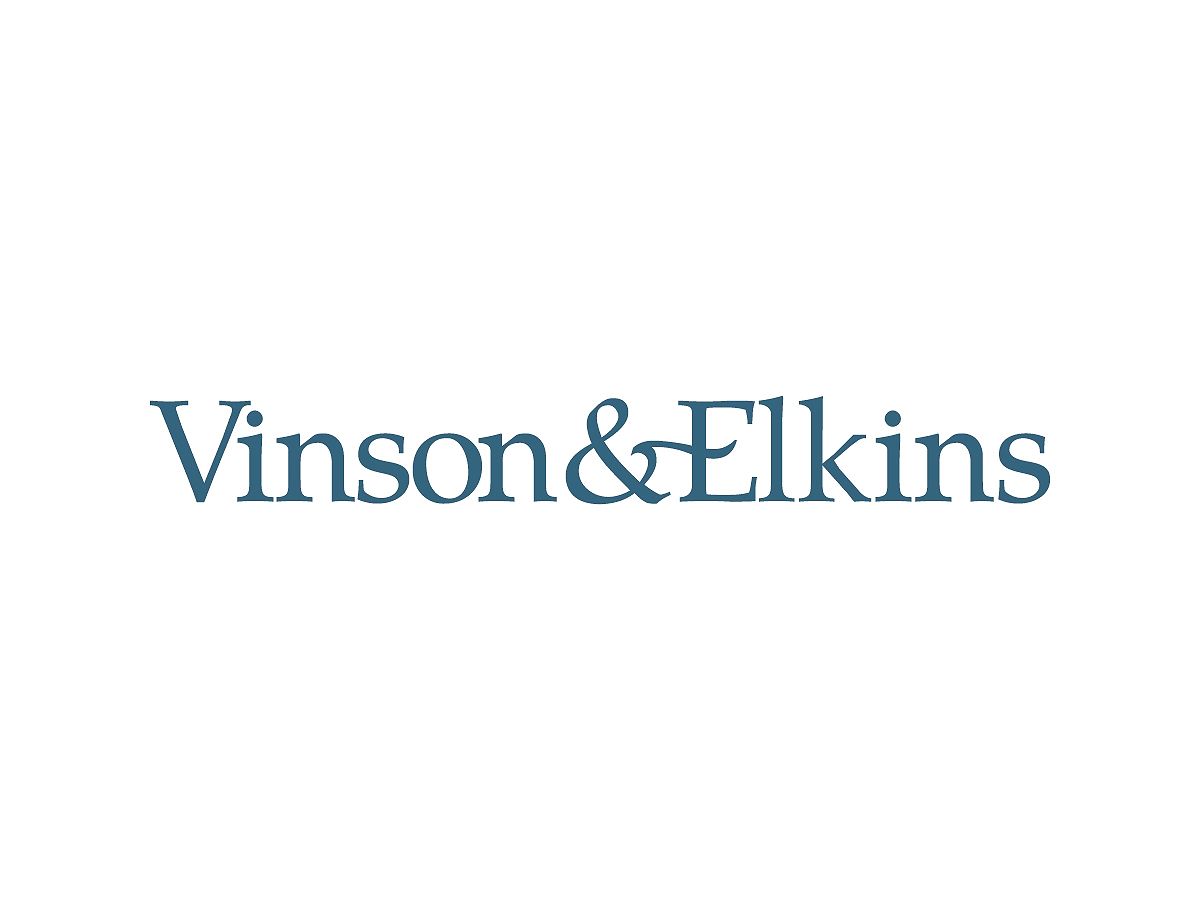Explore the new cybersecurity disclosure requirements for public companies and learn from the SolarWinds case. Discover recommendations for crafting effective cybersecurity disclosures.
Understanding the New Cybersecurity Disclosure Requirements
Public companies are now required to include specific cybersecurity disclosures in their Annual Reports on Form 10-K. These new requirements aim to provide accurate information to investors while safeguarding against potential attacks. Striking the right balance between disclosure and security is crucial, especially in light of recent enforcement actions by the Securities and Exchange Commission (SEC).
As a cybersecurity consultant with 15 years of experience, I understand the importance of these new rules. In this section, we will explore the details of the new cybersecurity disclosure requirements and how companies can navigate them effectively.
Key Components of Cybersecurity Disclosures
The new cybersecurity disclosure requirements focus on four key areas that public companies need to address in their Annual Reports on Form 10-K. Let's take a closer look at each of these components:
- Assessment and Management of Material Cybersecurity Risks
- Impact of Cybersecurity Threats
- Board Oversight of Cybersecurity Risks
- Management's Expertise in Cybersecurity
By providing information in these areas, companies can offer investors valuable insights into their cybersecurity practices and preparedness.
The SolarWinds Case: Lessons in Cybersecurity Disclosure
The recent enforcement action against SolarWinds Corp. serves as a significant example of the consequences companies may face for misrepresenting their cybersecurity practices. The Securities and Exchange Commission (SEC) alleged that SolarWinds and its Chief Information Security Officer intentionally deceived investors by misrepresenting their cybersecurity measures and known risks.
As a columnist for several tech publications, I have followed this case closely. In this section, we will examine the SolarWinds case and the lessons we can learn from it when it comes to cybersecurity disclosures.
Crafting Effective Cybersecurity Disclosures
When it comes to cybersecurity disclosures, companies must strike a balance between providing meaningful information and safeguarding themselves from potential attacks. Based on my experience as a cybersecurity consultant, I have identified three key mistakes that companies should avoid:
- Oversharing
- Overpromising
- Acknowledging Current Risks and Incidents
In this section, I will provide recommendations on how companies can avoid these mistakes and craft effective cybersecurity disclosures that instill investor confidence.
Conclusion: Navigating the Disclosure Landscape
Navigating the cybersecurity disclosure landscape can be challenging, but it is essential for public companies to provide accurate information to investors while protecting their operations. By adhering to the new disclosure requirements, learning from enforcement actions like the SolarWinds case, and avoiding common mistakes, companies can demonstrate their commitment to cybersecurity and safeguard investors' interests.
As an experienced cybersecurity consultant and columnist, I am dedicated to helping companies find the right balance between disclosure and security. If you need further guidance or have any questions, feel free to reach out.

